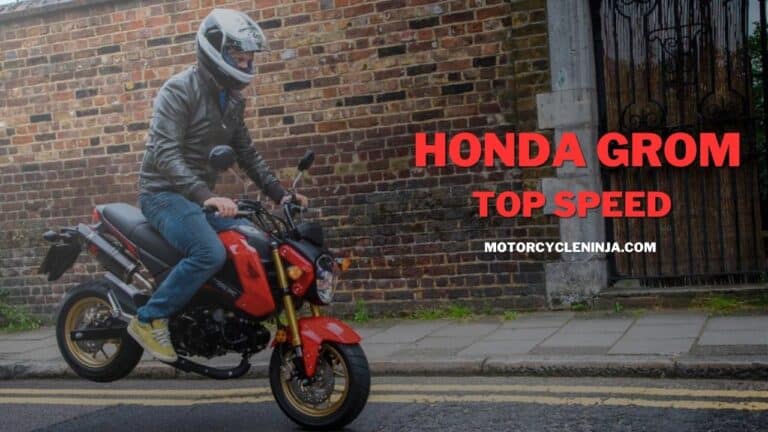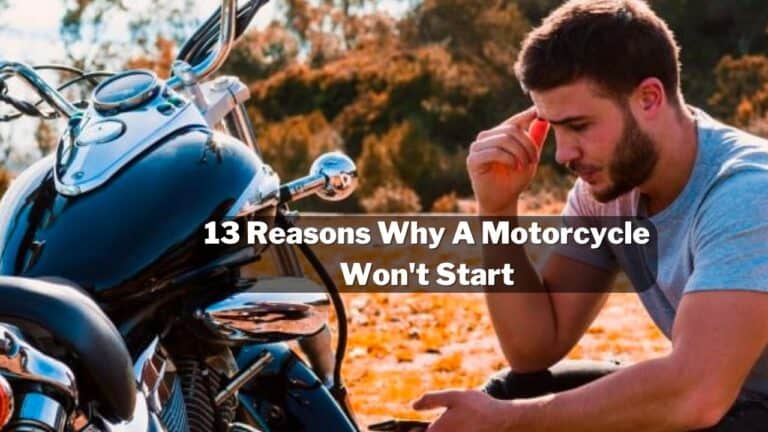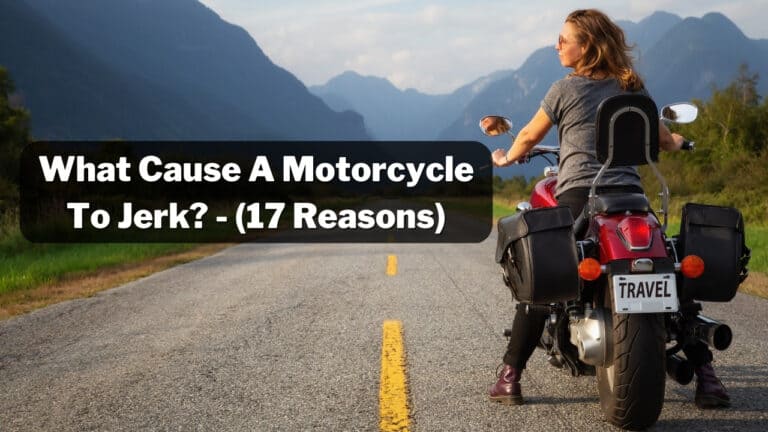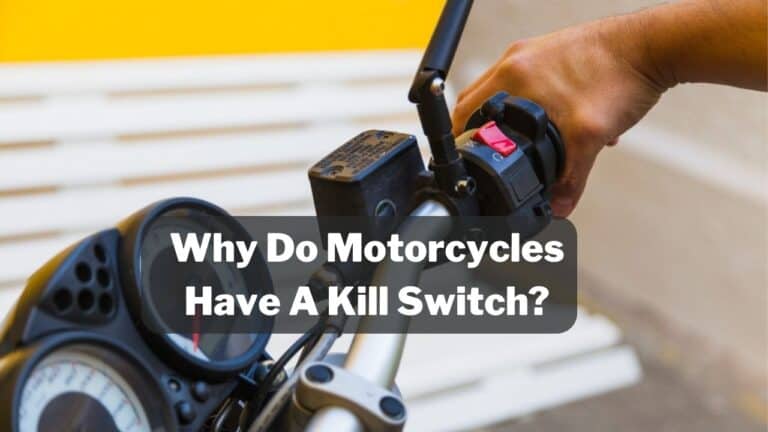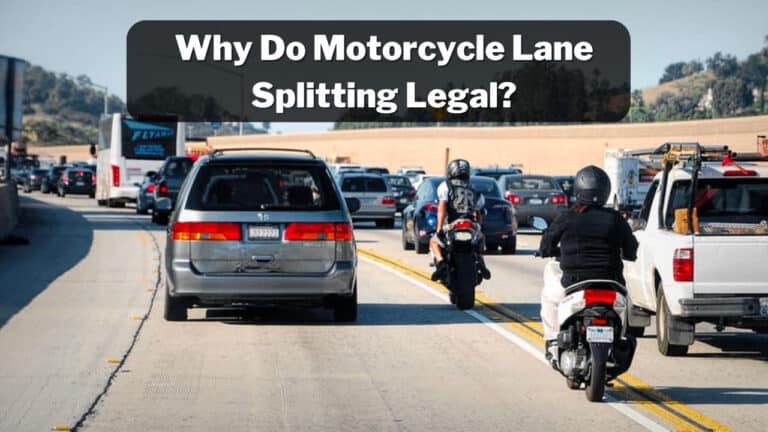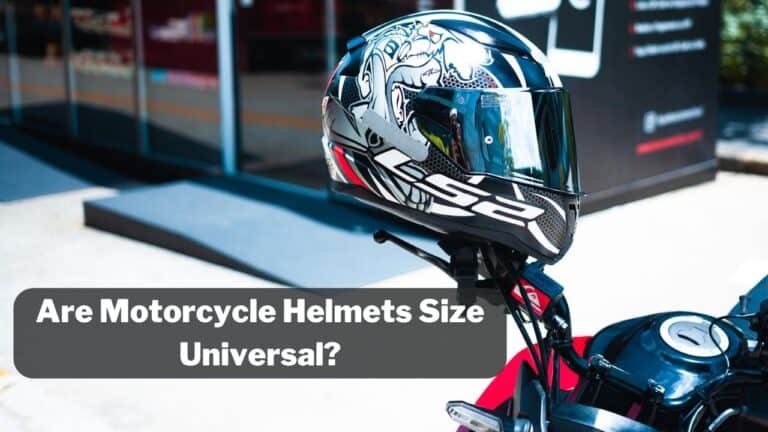Does Motorcycle Battery Charge While Idling? – (Yes, But..!)
A 4-stroke petrol or gasoline engine has a lower compression ratio than diesel engines. Hence, a carbureter is required to create an air-fuel mixture.
The right ratio of the air-fuel mixture goes into the engine cylinder, and a spark is generated externally to ignite the mixture, which generates mechanical power.
The spark plug needs electric current to generate the spark; hence, a battery is installed on your motorcycle.
An alternator is attached to the engine shaft to recharge the battery to generate electric current.
When the alternator rotates with the engine, an electric current flows through the coil, which recharges the battery.
So, does a motorcycle battery charge while idling? Technically, your alternator system generates current when your motorcycle is idling, but the generated current isn’t enough to recharge the battery due to low RPM. The spark plug and other bike accessories consume the generated current, and your battery charges slowly in idle condition.
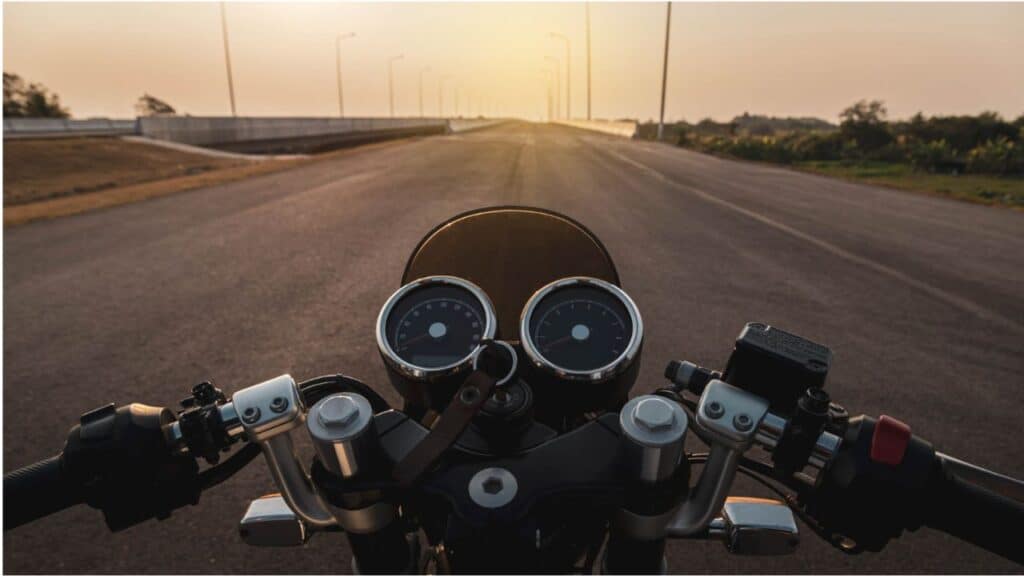
Table of Contents
How Motorcycle Battery Charged While Idling?
A motorcycle battery is generally rated at 12.6 volts; we must supply 13 volts of DC to recharge it. The current output from the alternator depends upon the engine RPM. The higher the RPM, the more current output we get.
Generally, the current output from the alternator is around 13 volts when the motorcycle is idling.
It means your battery will charge, but in the actual scenario, some current is consumed by the spark plug to keep the engine running, and some current is consumed by accessories attached to the motorcycle.
Hence, a very small current goes to the battery when a motorcycle is idling. But, some bike manufacturers keep the idling speed a bit higher, so your battery charges at idling condition.
That’s why some people advise jumpstarting the bike and leaving it in idling condition for a few minutes to recharge the battery.
It may take 15 to 20 minutes to recharge a motorcycle battery in idling conditions, but when you increase the throttle, the engine RPM increases, which rotates the alternator faster, and we get more current output and battery charges quickly.
At high speed, we get 14 to 15 volts of current output from the motorcycle alternator, which recharges a 12.6 volts battery in less than 10 minutes.
How To Optimize Idle Charging?
The battery charging speed is directly proportional to the current output from the alternator, and the current output is directly proportional to the rotational speed of the alternator. This means a higher engine RPM will give a higher current output.
But bike manufacturers keep the idle speed low to increase fuel efficiency. So, if you want to optimize idle charging, you need to increase the idle RPM.
You can increase the idle RPM of your motorcycle by adjusting the air-fuel screw on the carburetor. Reviving the idle RPM will charge your battery faster, but your fuel economy will be decreased.
So, it’s better to put your motorcycle in neutral and rotate the throttle to increase the engine speed to 3000 to 4500 RPM. This will recharge the battery very fast.
Is It Better To Idle or Drive to Charge The Battery?
If your motorcycle battery is low, riding a few miles to charge it sufficiently is always better. Higher engine rpm generates more amperage and recharges the battery faster.
When you start the engine and leave it idle, the idle RPM is low, and it’ll take more than 25 to 30 minutes to charge the battery partially.
But, if you drive your motorcycle for 20 to 25 minutes, your battery will be fully charged, and other components will be lubricated properly.
How Long Do I Have To Idle To Charge Battery?
If you jumpstart your motorcycle or car, leave it idle for 20 to 30 minutes to charge the battery sufficiently. Once your battery is charged sufficiently, you can drive another few miles to charge the battery fully.
Will Too Much Idling Cause The Battery To Die?
If your car or motorcycle battery isn’t charging, get your alternator or electric system repaired by a mechanic.
Too much idling doesn’t cause the battery to die, but if your battery discharges frequently, it may lose its power-holding capacity.
So, keep your motorcycle battery sufficiently charged and remove the main fuse if you’re parking it for over a month.
What Keeps The Battery Charged On A Motorcycle?
A motorcycle has a stator coupled with the crankshaft that generates AC power. This AC power is further processed in the Regulator-Rectrifier circuit and converted to 13.6 to 14V DC that recharges the battery.
Conclusion
Some modern motorcycles charge at idling, but some don’t (very slow). However, you can adjust the carburetor settings to increase the engine RPM at idle conditions. I recommend jumpstarting your motorcycle and driving it for 15 to 20 minutes at high speed to recharge the battery quickly.
